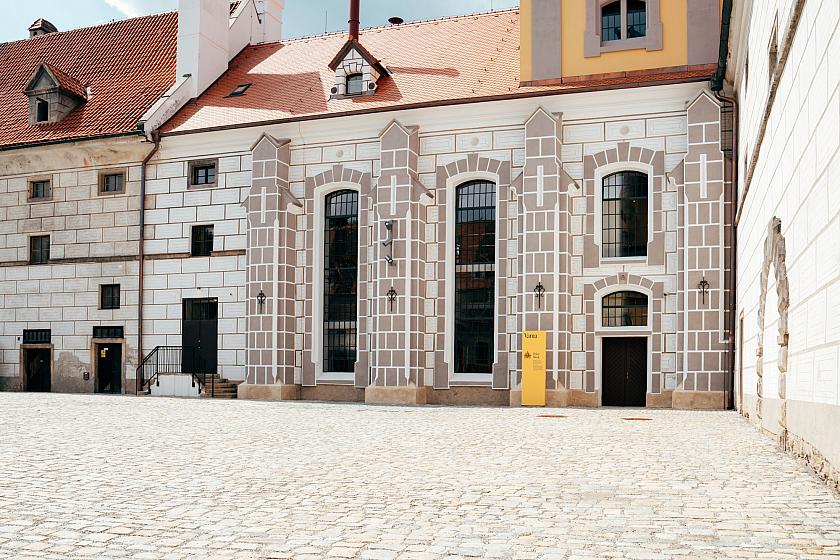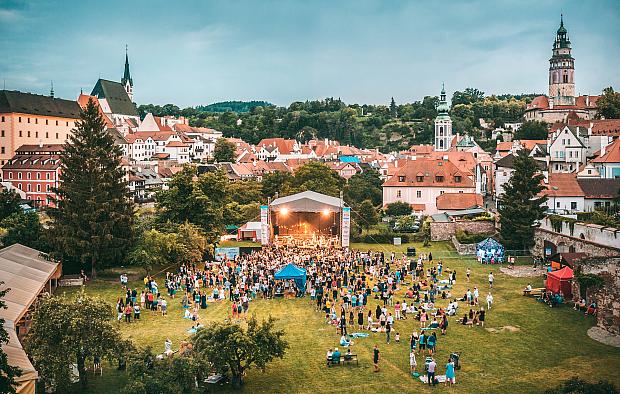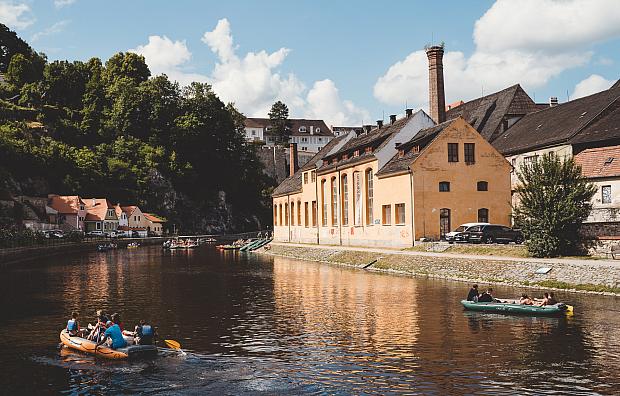Points of interest
Production of Český Krumlov breweries in the years 1710-1712 (Brewery – Quantity of beer per brew – Average annual production)
- Municipal Brewery – 105.4 hl – 6,070 hl
- Eggenberg manorial brewery – 79.4 hl – 7,400 hl
- Archdeaconry and Prelature Brewery – 24.8 hl – 844 hl
- Brewery of the Order of Saint Claire – 29.8 hl – 58 hl
Pubs and taverns – A pub used to be an integral part of the household and its privacy, and "going to the pub" basically meant making a neighbourhood visit. This custom has persisted in some villages to this day. Having a drink not only took place inside the house, but also in front of its doorstep – in a kind of "front garden". The pub staff mostly consisted of household members, and the tavern was often led by the owner of the house. The spectrum of visitors used to be very diverse – from the lower nobility, through the clergy, burghers, peasants to people on the very edge of society, who often-times found suitable shelter in some pubs.
Hop gardens – Until 1788, hops for the manorial brewery were grown on their own hop gardens around the town (Kvítkův Dvůr, Vlaštovičník, Nový Dvůr, Dobrkovice, Křenov and Červený Dvůr). After the abolition of these hop gardens, quality hops were imported from the Schwarzenberg estates in northern Bohemia.










